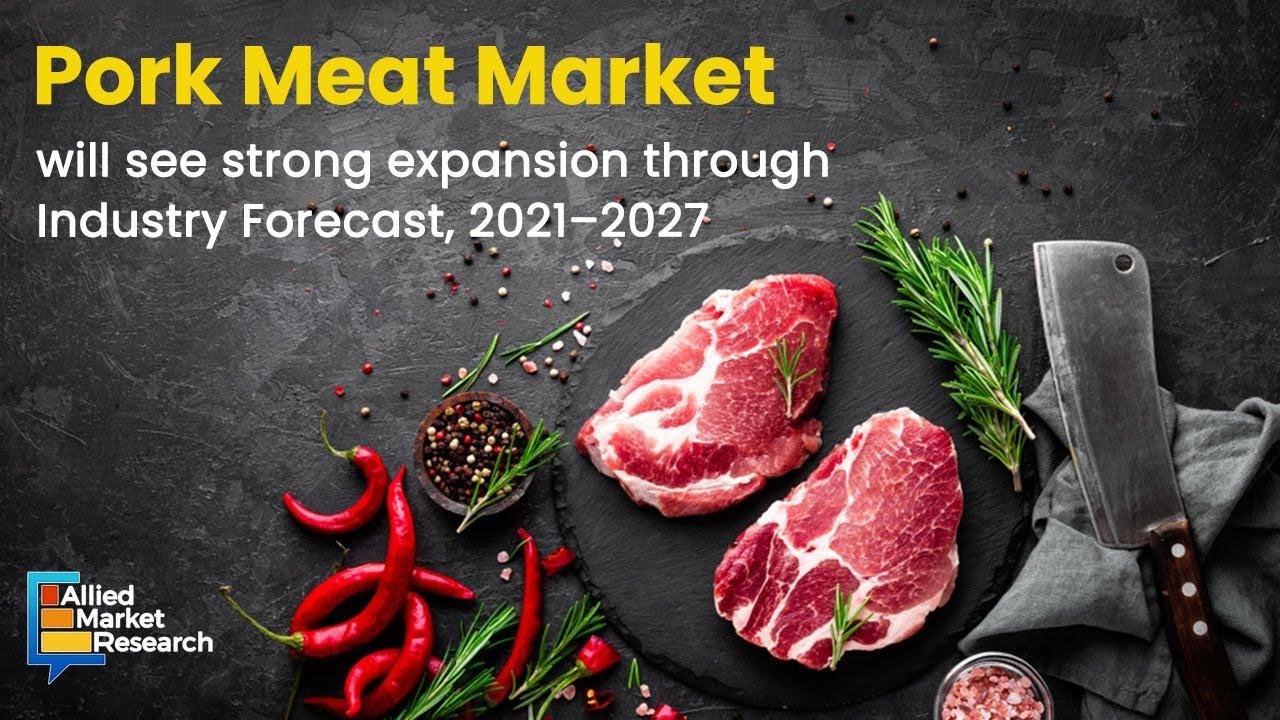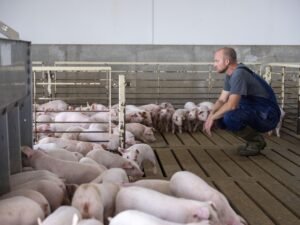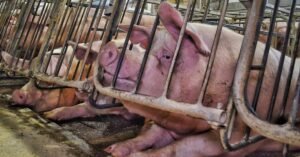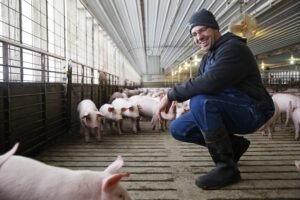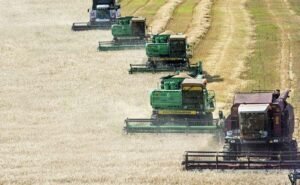The pork industry stands at a pivotal crossroads entering 2025, with market conditions fostering a landscape ripe for entrepreneurial ventures. Production costs are experiencing a gentle easing. Global pork trade forecasts suggest a reserved yet promising outlook, with production expected to grow by less than 1% this year. Nevertheless, USDA projections paint a more vibrant picture for domestic markets, anticipating a 2.7% increase in pork production alongside a 4% increase in hog prices.
Market Dynamics and Regional Variations
The financial terrain of pork production has witnessed noteworthy stabilization following a period of fluctuation. Business owners must acknowledge the geographic nuances of supply and demand balances – while the United States, China, and Brazil enjoy sufficient supply, markets in the European Union, Japan and the Philippines contend with tighter availability. These regional disparities create pockets of opportunity for savvy operators who can navigate the complex trade relationships.
Profitability markers have shown an encouraging trajectory throughout 2024, yet prudence remains the cornerstone of expansion strategies across global production networks. Companies are opting for measured growth, prioritizing efficiency enhancements over aggressive scaling. The introduction of advanced productivity measures in conjunction with declining feed expenses has positioned pork as an increasingly competitive protein choice.
Current market valuation hovers around $200 billion based on 2023 figures, with economic models projecting expansion to approximately $250 billion by the close of 2025. This represents annual growth reaching 5% – a substantial figure that underscores the sector’s resilience against broader economic pressures.
Emerging Commercial Pathways
The competitive edge of pork within the protein marketplace has undergone significant fortification. As a consequence of diminished feed costs coupled with productivity gains, pork occupies an advantageous position, particularly when contrasted with elevated beef prices and robust poultry demand. Domestic consumption patterns are expected to strengthen in North America and Brazil, where constrained beef supplies are redirecting consumer preferences.
Technological integration presents a fertile domain for business development. Continued capital allocation toward technological advancement will enhance production efficiency while simultaneously addressing pressing environmental considerations. Early adopters of these innovations potentially stand to capture substantial market share by delivering products that satisfy both consumer demands and regulatory requirements.
Consumer behavior patterns indicate a fundamental shift. Affordability and availability constitute primary drivers of purchasing decisions, where pork maintains a compelling value proposition in the current economic climate. The protein maintains favorable positioning due to its reasonable pricing structure, especially against the backdrop of persistently high beef prices.
Navigational Challenges
Despite the promising landscape, several obstacles warrant attention from industry participants. Regulatory evolution concerning animal welfare and environmental impact will invariably reshape production methodologies. Organizations demonstrating agility in adapting to these evolving frameworks will secure strategic advantages.
Disease management continues to pose a daunting challenge for producers, despite improvements in overall animal health. The sector’s growth trajectory could experience unexpected detours if significant outbreaks materialize. Which makes it crucial for businesses to maintain robust biosecurity protocols while exploring innovative health management solutions.
Seasonal price variations remain an inherent characteristic of European markets, while Asian regions confront divergent price pressures. Market analysts project downward pressure in China and South Korea juxtaposed against robust pricing structures in Japan and Southeast Asia.
Strategic Business Considerations
Forward-thinking enterprises should consider diversification strategies that capitalize on regional disparities. Export dynamics feature elevated uncertainty, creating openings for nimble operators capable of responding to rapidly shifting trade conditions.
Value-added processing represents an under-explored frontier for business development. By creating specialized products that address evolving consumer preferences, companies can establish differentiated market positions that command premium pricing.
The cautious expansion approach prevalent among existing producers creates strategic entry points for new market participants. However, new ventures must balance opportunity against the industry’s innate volatility.
The pork industry’s current disposition reflects a dynamic interplay of cautious optimism and strategic restraint. Companies that embrace technological innovation while maintaining flexible operational models are uniquely positioned to harvest the emerging opportunities. While challenges persist, the fundamental market indicators suggest the pork sector offers substantial growth potential for well-positioned business ventures through 2025 and beyond.

